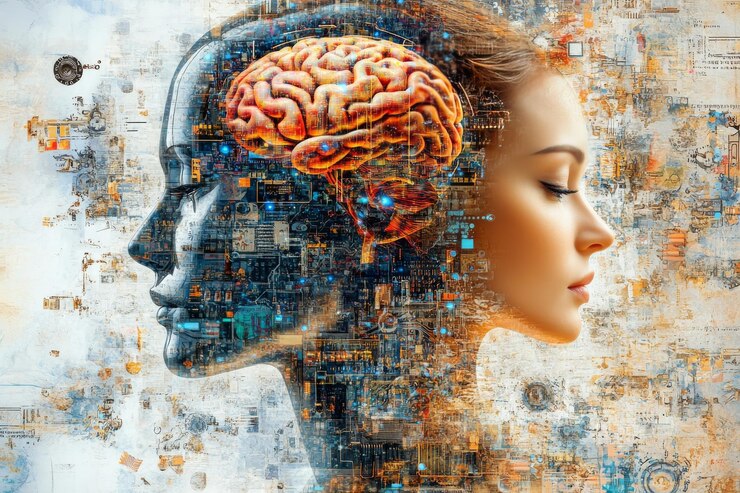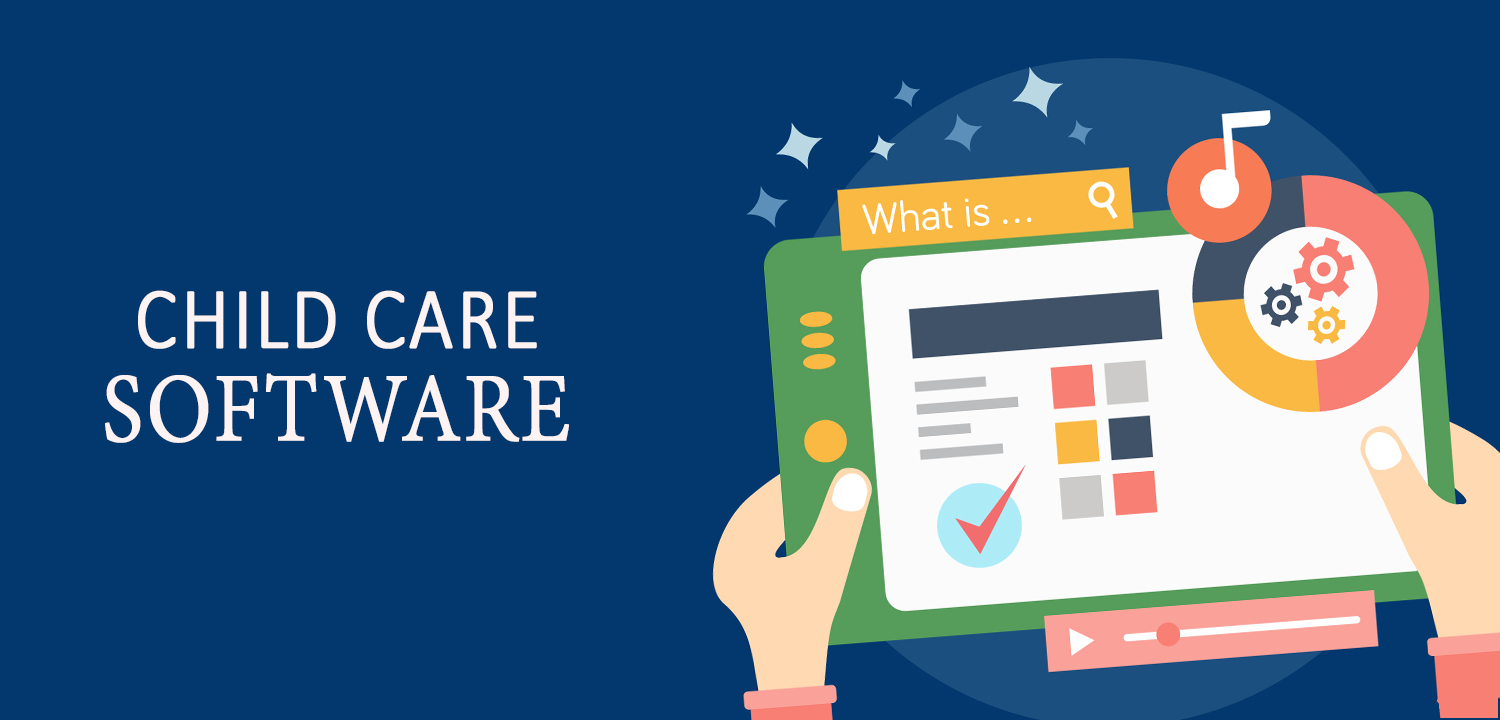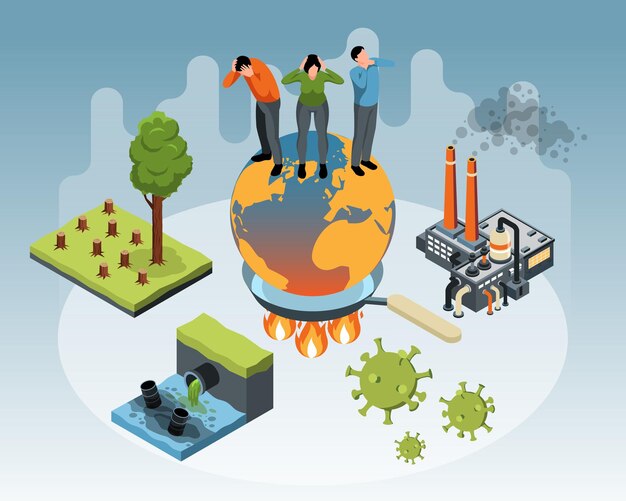
The Lost Village: A Tale Of Two Worlds & The Digital Divide
Table of Content
Introduction to the Digital Divide
Innovative Approaches to Bridge the Digital Divide
A Successful Community-Led Initiative: The Case of "Solar Sisters" in Bangladesh
The Human Face of the Digital Divide
The Power of Connection: A Personal Story
Introduction to the Digital Divide
Avani was just a small village located in total sylvan surroundings and seemed extremely calm. However, Avani was out of touch with the prospects of the large centres where people’s existence seemed to presuppose the use of cellphones and the web. Here, in the days there was rumble of farm activity, giggles of children playing in the dusty fields, stories narrated by the wise men and women sitting around the jerrycan fire.
On the same day Maya, a young woman that went to study in the city, comes back home to Avani. She was bringing with her a world of colors: information and opportunities to learn online, to get treatment online, and to shop online. But as she tried to share her newfound knowledge, she encountered a stark reality: and as for the main facilities, the villagers had no access to the internet at all.
The nearest internet cafe was a day's journey away, and the cost of data was prohibitively expensive. Many villagers had never even seen a computer. Avani, like many rural communities in developing countries, faced multiple hurdles:
-
Lack of Electricity: Regular power failure made it very difficult to engage electronic devices due to lack of a continuous power supply.
-
Poor Road Conditions: The rough ground and absence of proper paths were challenges to moving tools and getting access to a stable Internet connection.
-
Cultural Resistance: Few villagers wanted technology to change their lives because it was an interference with their culture.
Maya realized that Avani was trapped in a time warp, cut off from the very tools that could empower them. According to the International Telecommunication Union (ITU), over 2.9 billion people worldwide still lack access to the internet. This digital divide disproportionately affects developing countries, hindering economic growth and exacerbating social inequalities.
Innovative Approaches to Bridge the Digital Divide
Maya's story highlights the urgent need for innovative solutions to bridge the digital divide.
-
Government Initiatives: Governments play a crucial role in expanding internet access. This includes providing subsidies for internet services, investing in rural infrastructure (like fiber optic cables and improved roads), and promoting digital literacy programs to empower communities.
-
Role of NGOs: Non-governmental organizations (NGOs) can be powerful catalysts for change. They can partner with local communities to provide training, distribute affordable devices, and establish community internet centers.
-
Technological Innovations: Technological advancements offer promising solutions. Renewable energy sources like solar power can provide reliable electricity for off-grid communities. Satellite internet can connect remote areas with limited terrestrial infrastructure. The development of low-cost, user-friendly technologies is also crucial for increasing accessibility.
A Successful Community-Led Initiative: The Case of "Solar Sisters" in Bangladesh
One inspiring example of a community-led initiative is the "Solar Sisters" program in Bangladesh. This program empowers rural women to become solar entrepreneurs. They are trained to assemble, sell, and service solar home systems in their own communities. This not only brings affordable and clean energy to households but also creates economic opportunities for women and contributes to environmental sustainability.

The Human Face of the Digital Divide
The digital divide impacts a wide range of communities.
-
Indigenous Communities: Geographical isolation and unique cultural traditions present significant challenges for these communities.
-
Women and Girls: Women and girls often face disproportionate barriers to accessing technology and digital skills, limiting their economic opportunities and social participation.
-
People with Disabilities: Physical or cognitive limitations can create significant barriers to accessing and using technology.
The Power of Connection: A Personal Story
"Before I had access to the internet, I felt so isolated," shares Maria, a young woman from a remote village in Peru. "I couldn't connect with my family who had moved to the city, I couldn't access educational resources, and I felt like I was missing out on the world.
But now, thanks to a community internet center, I can learn new skills, connect with customers for my small business, and even access telemedicine services. It has changed my life."
A Call to Action
We can all play a part in bridging the digital divide.
-
Donate: Support organizations working to address the digital divide, such as the World Wide Web Foundation or Digital Divide Data.
-
Volunteer: Offer your time and skills to local organizations that provide digital literacy training or support community technology centers.
-
Advocate: Contact your elected officials to advocate for policies that promote digital inclusion for all.
The digital age offers immense potential for human progress. By ensuring equitable access to technology and digital skills, we can create a more inclusive and equitable world for all.
Note: This is a fictional story used to illustrate the challenges and potential solutions related to the digital divide. The statistics mentioned are based on actual data from the ITU.















